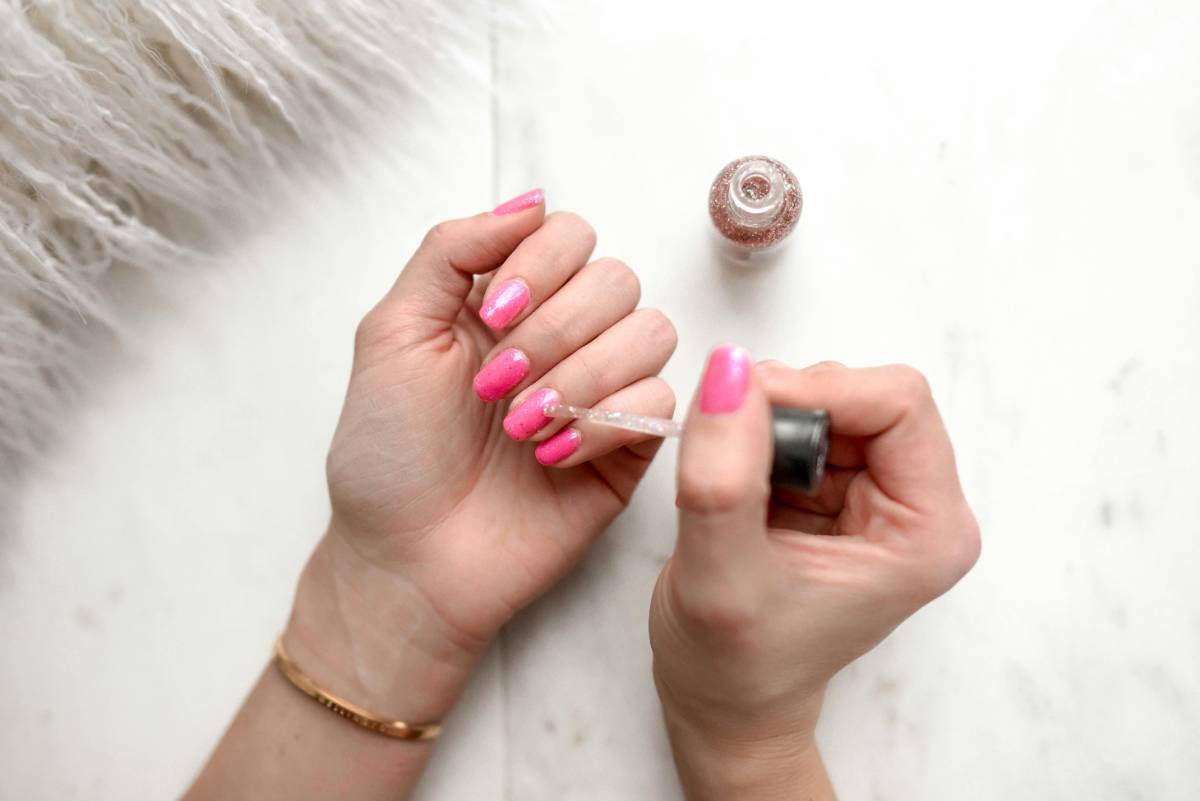Home Workout Routines: No Equipment Needed

3 min read
|31 Mar 2025Working out at home without equipment can be just as effective as going to the gym. With the right routines, you can build strength, improve cardiovascular fitness, and enhance flexibility using just your body weight. Here’s a guide to creating effective home workout routines that require no equipment.
Bodyweight Exercises
Bodyweight exercises are the cornerstone of no-equipment workouts. They use your body weight as resistance, which can be highly effective for building strength and endurance. Here are some key bodyweight exercises to include in your routine:
Push-Ups: Push-ups are excellent for strengthening the chest, shoulders, and triceps. Start in a plank position with your hands slightly wider than shoulder-width apart. Lower your body until your chest almost touches the floor, then push back up.
Squats: Squats target the lower body, including the quads, hamstrings, and glutes. Stand with your feet shoulder-width apart and lower your body as if you’re sitting in a chair. Keep your chest up and knees over your toes, then rise back to the starting position.
Lunges: Lunges help build leg strength and improve balance. Step forward with one leg and lower your hips until both knees are bent at a 90-degree angle. Push off your front foot to return to the starting position and switch legs.
Planks: Planks are great for core strength. Start in a forearm plank position with your elbows directly under your shoulders and your body in a straight line. Hold the position for as long as possible while engaging your core.
Burpees: Burpees provide a full-body workout and improve cardiovascular fitness. Start in a standing position, drop into a squat, kick your feet back into a plank, do a push-up, return to the squat position, and jump up.
Workout Routine Examples

Here are some no-equipment workout routines you can try at home:
Full-Body Circuit: Perform each exercise for 45 seconds with 15 seconds of rest in between. Complete the circuit 2-3 times. Exercises: push-ups, squats, lunges, planks, and burpees.
Cardio Blast: Perform each exercise for 1 minute with no rest in between. Repeat the circuit 2-3 times. Exercises: high knees, jumping jacks, mountain climbers, and butt kicks.
Core Focus: Perform each exercise for 30 seconds with 15 seconds of rest in between. Complete the circuit 2-3 times. Exercises: bicycle crunches, leg raises, Russian twists, and plank variations.
Strength Training: Perform each exercise for 1 minute with 30 seconds of rest in between. Complete 2-3 rounds. Exercises: push-ups, squats, tricep dips (using a chair), and wall sits.
Flexibility and Stretching: Incorporate stretching exercises to improve flexibility and recovery. Perform each stretch for 30 seconds. Stretches: hamstring stretch, quad stretch, shoulder stretch, and cat-cow stretch.
Tips for Effective Home Workouts
To get the most out of your no-equipment workouts, consider these tips:
Consistency: Aim to work out at least 3-4 times a week. Consistency is crucial for seeing results and maintaining fitness.
Proper Form: Focus on maintaining proper form to avoid injuries and maximize the effectiveness of each exercise. Consider using online videos or tutorials to ensure correct technique.
Progression: Gradually increase the intensity of your workouts by adding more repetitions, extending the duration, or incorporating more challenging variations of exercises.
Variety: Mix up your workouts to prevent boredom and target different muscle groups. Incorporate a combination of strength, cardio, and flexibility exercises.
Warm-Up and Cool-Down: Always start with a warm-up to prepare your body for exercise and finish with a cool-down to aid recovery and reduce muscle soreness.
Conclusion
Home workouts with no equipment needed can be incredibly effective for building strength, improving fitness, and achieving your health goals. By incorporating a variety of bodyweight exercises and following structured routines, you can enjoy a comprehensive workout without leaving your home. Stay committed, stay active, and remember that consistency is key to your success.
MORE ARTICLES

5 min read | 16 Mar 2025
Low-Sodium Alternatives and Substitutes
Reducing sodium intake is important for maintaining good health, especially for individuals with high blood pressure or heart disease. Fortunately, there are numerous low-sodium alternatives and substitutes available that can help you enjoy flavorful meals without compromising your health. This article explores various low-sodium options for common high-sodium foods and provides tips on how to incorporate them into your diet.

3 min read | 15 Mar 2025
Understanding the Sodium Content in Processed Foods
Processed foods are convenient and often tasty, but they can also be high in sodium, which poses health risks. Sodium, primarily in the form of salt, is used in processed foods for flavor enhancement, preservation, and texture improvement. Understanding the sodium content in these foods is crucial for making healthier dietary choices and maintaining overall health. This article delves into the sodium content in processed foods, the reasons behind it, and strategies for managing your sodium intake.

3 min read | 14 Mar 2025
How to Reduce Salt in Your Cooking
Reducing salt in your cooking can lead to significant health benefits, including lower blood pressure and a decreased risk of heart disease. However, cutting back on salt doesn't mean sacrificing flavor. By using a variety of techniques and ingredients, you can create delicious and satisfying meals with less salt. This article provides practical tips and alternatives for reducing salt in your cooking while enhancing the flavor of your dishes.

4 min read | 13 Mar 2025
The Health Risks of Excess Sodium Intake
Sodium is an essential mineral that helps regulate fluid balance, nerve function, and muscle contraction. However, excessive sodium intake can lead to significant health risks. Understanding these risks is crucial for making informed dietary choices and maintaining overall health. This article explores the health risks associated with high sodium consumption and offers tips for managing your sodium intake.

3 min read | 12 Mar 2025
Recipes for Low-Sugar Desserts and Snacks
Indulging in sweet treats doesn’t have to mean consuming excess sugar. With a little creativity, you can prepare delicious low-sugar desserts and snacks that satisfy your sweet tooth while keeping your sugar intake in check. This article presents a variety of recipes that focus on natural sweetness and healthy ingredients, making it easier to enjoy treats without compromising on health.

4 min read | 11 Mar 2025
Understanding Hidden Sugars in Processed Foods
Processed foods are a major part of many diets, offering convenience and a variety of flavors. However, one of the significant concerns with these foods is the presence of hidden sugars. These sugars can be disguised under various names and contribute to excessive sugar intake, which is linked to several health issues. In this article, we will explore how hidden sugars are used in processed foods, how to identify them, and strategies to reduce their consumption.
RECENT POSTS
1
Sugar Substitutes: What’s Safe and What’s Not?
4 min read | 07 Mar 20252
How to Read Nutrition Labels for Added Sugars
4 min read | 06 Mar 20253
The Health Risks of Excess Sugar Consumption
4 min read | 05 Mar 20254
Recipes Featuring Healthy Fats
5 min read | 04 Mar 20255
Debunking Myths About Dietary Fats
4 min read | 03 Mar 20256
Balancing Fat Intake in Your Diet
4 min read | 02 Mar 2025MORE POSTS

How to Improve Your Oral Hygiene Routine
3 min read | 12 Apr 2025
The Benefits of Facial Massages for Anti-Aging
5 min read | 11 Apr 2025
How to Keep Your Nails Healthy and Strong
5 min read | 10 Apr 2025
Self-Care for Busy Professionals: Simple Steps to Feel Refreshed
4 min read | 09 Apr 2025
Men's Skincare: Essential Tips for a Clear Complexion
2 min read | 08 Apr 2025





